Expanded perlite possesses all the physical and chemical properties to ensure desirable bedding conditions for cattle; and it also has some exceptional properties that are an advantage over competitive products.
The use of bedding material is an essential part of efficient cattle management and fostering a comfortable and healthy living environment.
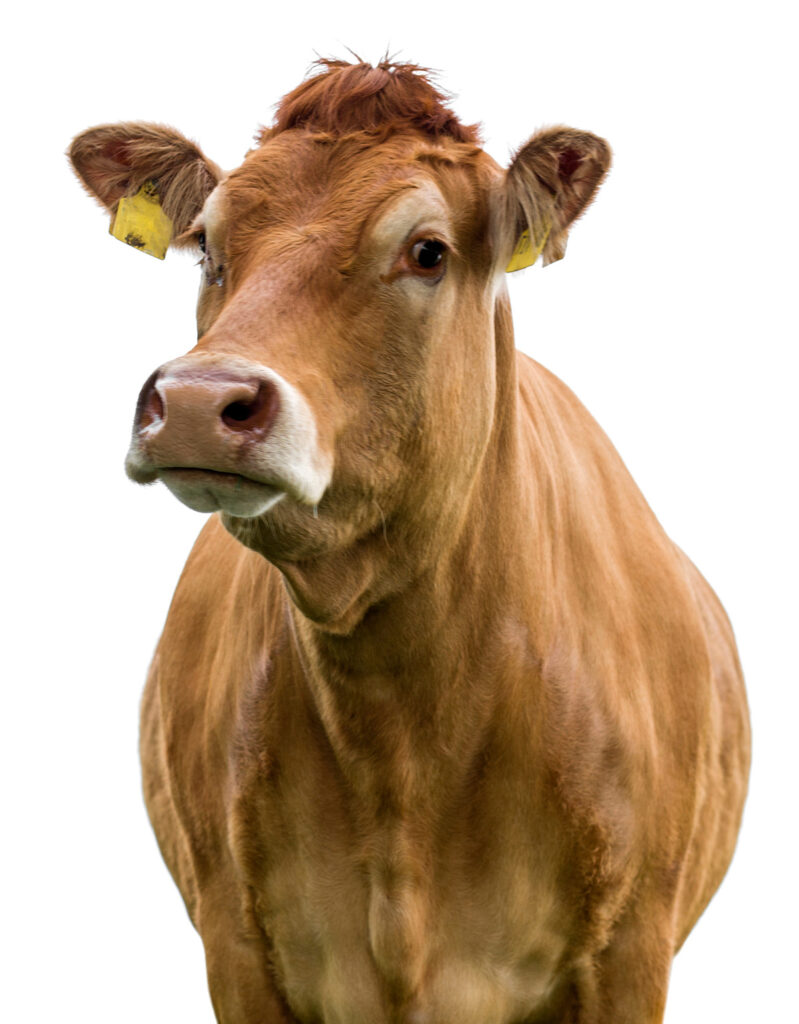
Bedding material fulfills several crucial functions that improve the animals’ general health, happiness, and productivity. Dairy cattle need bedding material primarily for the following reasons:1,2
Comfort: Bedding material provides dairy animals a comfortable place to lie down and relax. Comfy bedding promotes general animal welfare, and encourages natural resting behaviors, but also natural activities in cattle, such as lying down, grooming, and socializing, creating a comfortable and pleasant environment that satisfies the animals’ behavioral needs.
Insulation: It acts as a shield between the animals and the surface surfaces that can be damp or frigid, thus reducing heat loss and through this eliminating the risk of hypothermia in dairy cows, which is especially important in colder climates. Additionally, temperature control helps maintaining a more comfortable and regular body temperature in cattle, which improves their wellness.
Hygiene and Cleanliness: Using bedding material, the cleanliness and hygienic conditions of the cattle housing area is maintained. Moreover, the reduction of moisture from sources such as excrement and urine cause a significant reduction in bacteria population and growth, eliminating the risk of disease.
Prevention of Mastitis: With the proper bedding, mastitis can be prevented. Bacteria found in filthy and moist bedding can worsen the infections, while when bedding material is correctly maintained, the likelihood of mastitis in dairy cows decreases.
Foot Health: High-quality bedding has an impact on cattle’s ability to maintain healthy feet. It helps prevent issues like hoof rot and lameness by providing the animals with a dry, pleasant surface to walk and stand on.
Reduce Contamination Risk: Drastic reduction of the contamination risk during the milking process. It reduces the possibility of introducing bacteria into the milk by helping to keep the dairy cows’ udders and teats clean.
Increased Reproductive Performance: Cattles’ well-being promotes reproductive outcomes, favoring conception rates, mating behavior, and estrus expression.
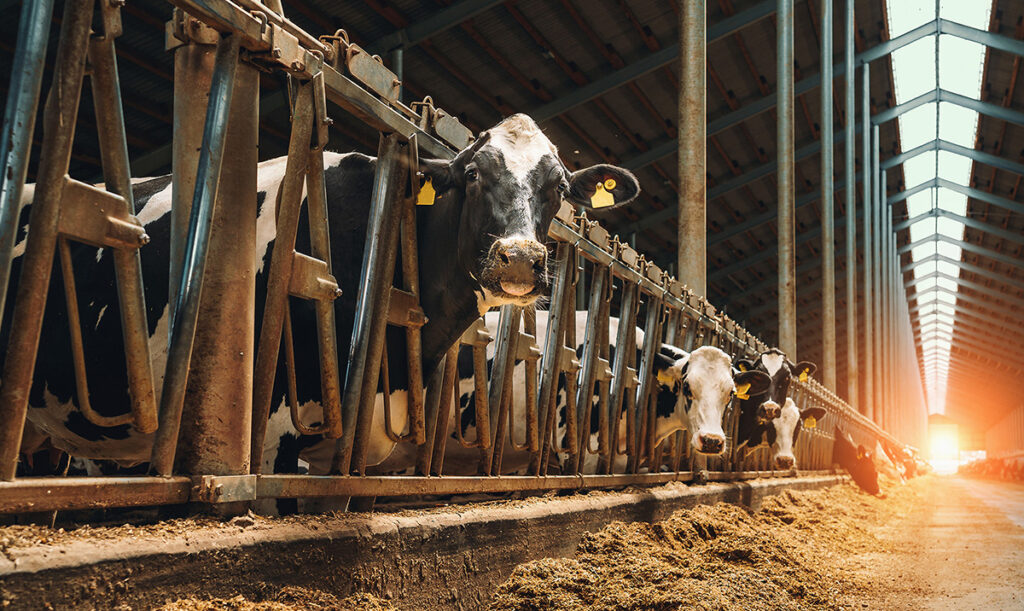
Desirable Characteristics of Cow Bedding
The usage of bedding material is an essential part of efficient cattle management and fostering a comfortable and healthy living environment. The choice of bedding materials might vary based on availability, cost, and local conditions, while regular inspections and maintenance of bedding conditions are necessary to ensure the health of the dairy herd.
Among the most widely used bedding material for dairy cattle are sand, sawdust, woodchip, wastepaper, calcium carbonate, and straw. Each presents different characteristics that determine the application conditions and performance. Of course, the choice of the bedding material should be taken according to the desirable bedding conditions. Bedding needs to be:3
- Dry
- Non-abrasive
- Supportive
- Stable to walk on
- Preventive of pathogen growth
- Insulating
- Breathable
- Cost and labor efficient
- Available
Perlite as Bedding Material for Dairy Cattle
Expanded perlite possesses all the physical and chemical properties that can ensure desirable bedding conditions for cattle. Perlite also has some exceptional properties that are critical to this application and gives it an advantage over competitive products.
- Perlite is sterile since the expansion processes involves a thermal treatment at temperatures over 1000 °C.
- Perlite possesses exceptional absorption capacity that can reach up to six times its weight, rendering it an efficient absorbent.
- Perlite is a natural insecticide. Independent studies have shown the efficacy of the mineral to kill mites and mosquitos, by physical obstruction of respiration and by disruption of lipid layer of insect’s cuticle leading to desiccation, respectively.4,5
- Expanded perlite is among the most effective thermal insulating material. With a thermal conductivity of 0.04 to 0.06 W/mK, its application will both heal losses and reduce temperature fluctuations during the day.
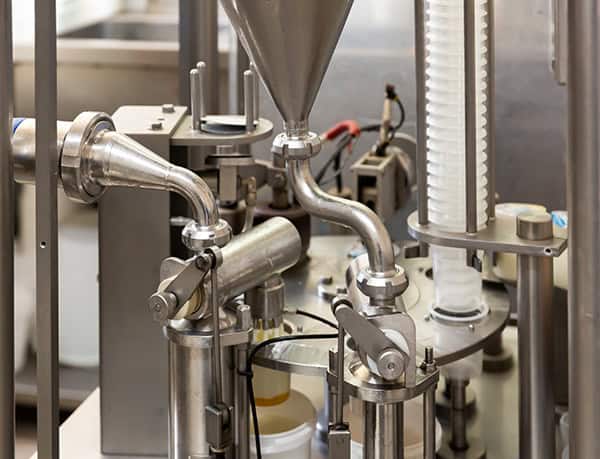
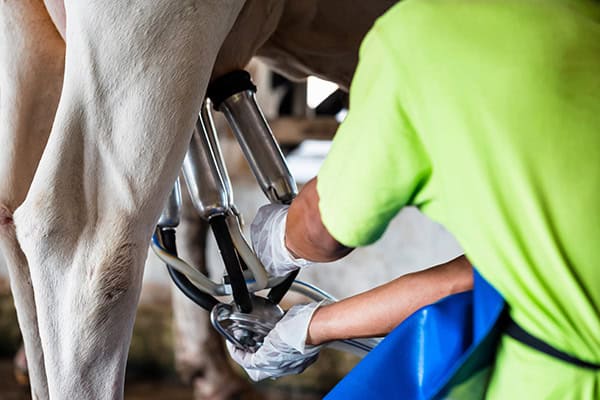
A Proof-of-Concept
For 20 years, a red Danish dairy cattle Operation in Gribskov, Denmark has been using beach sand as bedding material. Nordisk Perlite ran a research project replacing the sand with expanded byproducts supplied by its factory in Hammersholt in Hillerød municipality. A six-month application showed:
- In this application, perlite replaced sea sand. There are big brushes installed onsite, where cows clean themselves from sand and from parasites. After replacement of sand with perlite, the cows do not clean as often. This can be attributed to the fact that perlite is lighter and not as annoying as the sand is. Another reason can be the low vermin load in the case of perlite. Moreover, it is proven that perlite is a natural insecticide, which kills insects through obstruction of respiration and desiccation. The significance of this finding lies in the fact that the use of perlite allows the reduction of the number of brushes, which are known to spread diseases between cows.
- When a cow lies down to chew cud (and produce milk), it sticks its leg diagonally under its body, and this can cause wear marks on the side of the knee, especially in the case of a rough substrate. It was observed that, even after applying 7–10 cm thick conventional mattresses with bedding on top, the cows still get wear marks on their knees. After shifting to perlite, they did not have one cow that has wear marks on the side of the knee!
- Inorganic materials are preferable in this application because they do not enhance bacteria growth. Especially for the sea sand, the salt has cleansing effect, while farmers who applied sand have seen that the frequency of mastitis is only 10–15% of the average among colleagues in the industry with conventional organic bedding material. The same fact stands with perlite because of its inorganic nature.
- Cows suffer from digital dermatitis caused by a fungal infection in the gap in the middle of the hoof. It was observed that the incidence is very low when perlite is applied as bedding material.
- While sand tends to segregate from the manure at the bottom of the collection tank, this is not the case with perlite which is integrated with the manure forming a homogenous, high-quality product.
Conclusions and Recommendations
The use of perlite as bedding material is beneficial to the comfort and well-being of the animals because of the unique combination of the following: mild hardness, high water-absorption capacity, light weight, inorganic composition, and the thermal insulating properties.
This is a new, not standardized application. Therefore, one should consider the specific conditions that prevail on site and adjust the application accordingly, in terms of the mix design and perlite properties. Also, the use of perlite in combination with other bedding material as a mixture or in layers is also an option.
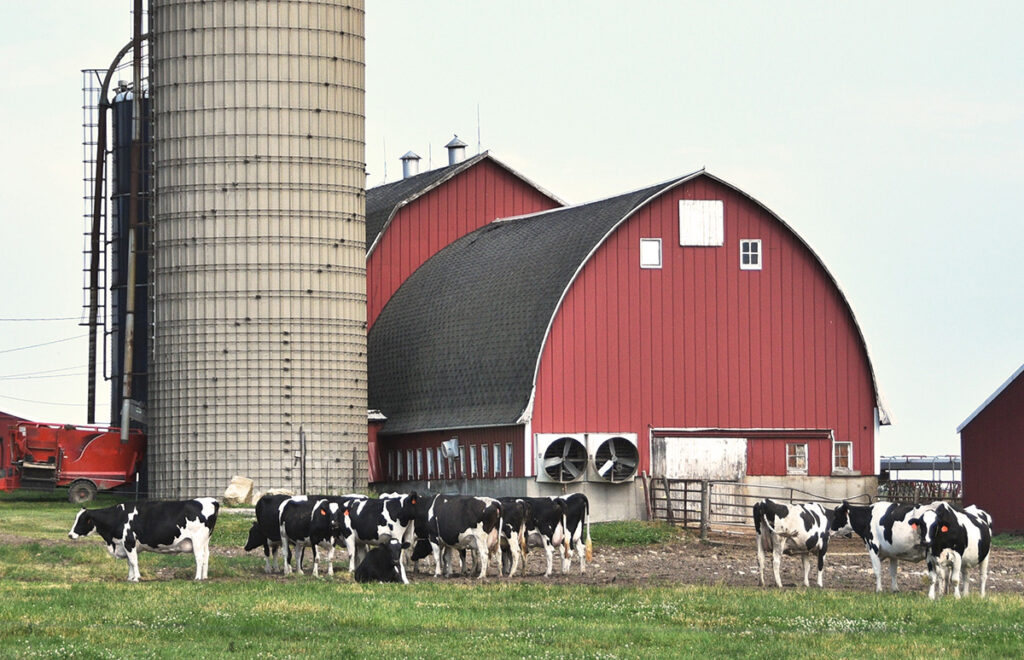
BIBLIOGRAPHY
[1] The Dairy Farming Handbook, C. Muller, 2017
[2] Bedding Options for Dairy Cows, Center for Agriculture, Food and the Environment, University of Massachusetts Amherst. Download: https://ag.umass.edu/sites/ag.umass.edu/files/fact-sheets/pdf/BeddingOptionsforDairyCows(11-48).pdf
[3] https://smartshelters.co.nz/dairy-cow-bedding-types
[4] Richardson, E.A.; Ponnusamy, L.; Roe, R.M. Mechanical Acaricides Active against the Blacklegged Tick, Ixodes scapularis. Insects 2022, 13, 672. https://doi.org/10.3390/insects13080672
[5] Deguenon, J.M.; Azondekon, R.; Agossa, F.R.; Padonou, G.G.; Anagonou, R.; Ahoga, J.; N’dombidje, B.; Akinro, B.; Stewart, D.A.; Wang, B.; et al. ImergardTMWP: A Non-Chemical Alternative for an Indoor Residual Spray, Effective against Pyrethroid-Resistant Anopheles gambiae (s.l.) in Africa. Insects 2020, 11, 322. https://doi.org/10.3390/insects11050322
OTHER RELEVANT PUBLICATIONS FROM THE PERLITE INSTITUTE
Available for free at www.perlite.org/library
Expanded Perlite for Bedding Material in Poultry Farms
To download a .pdf of the Expanded Perlite as Bedding Material for Dairy Cattle brochure, click here.
If you have technical questions on this topic, please email the technical contacts listed on our contact page.
Copyright © 2024 Perlite Institute All Rights Reserved
